There’s something unforgettable about pulling a fresh loaf of sourdough ciabatta bread from your oven. The crust crackles, the tangy aroma fills the air—it’s pure magic.
This rustic Italian-style loaf combines the bold flavor of sourdough with ciabatta’s airy crumb and chewy bite. Unlike yeasted versions, sourdough ciabatta bread develops rich flavor through natural fermentation.
Surprisingly easy to make, this sourdough ciabatta bread is perfect for sandwiches or served with olive oil. Once you try it, you won’t go back to store-bought.
Bake it once—and you’ll crave that homemade sourdough ciabatta bread every time.
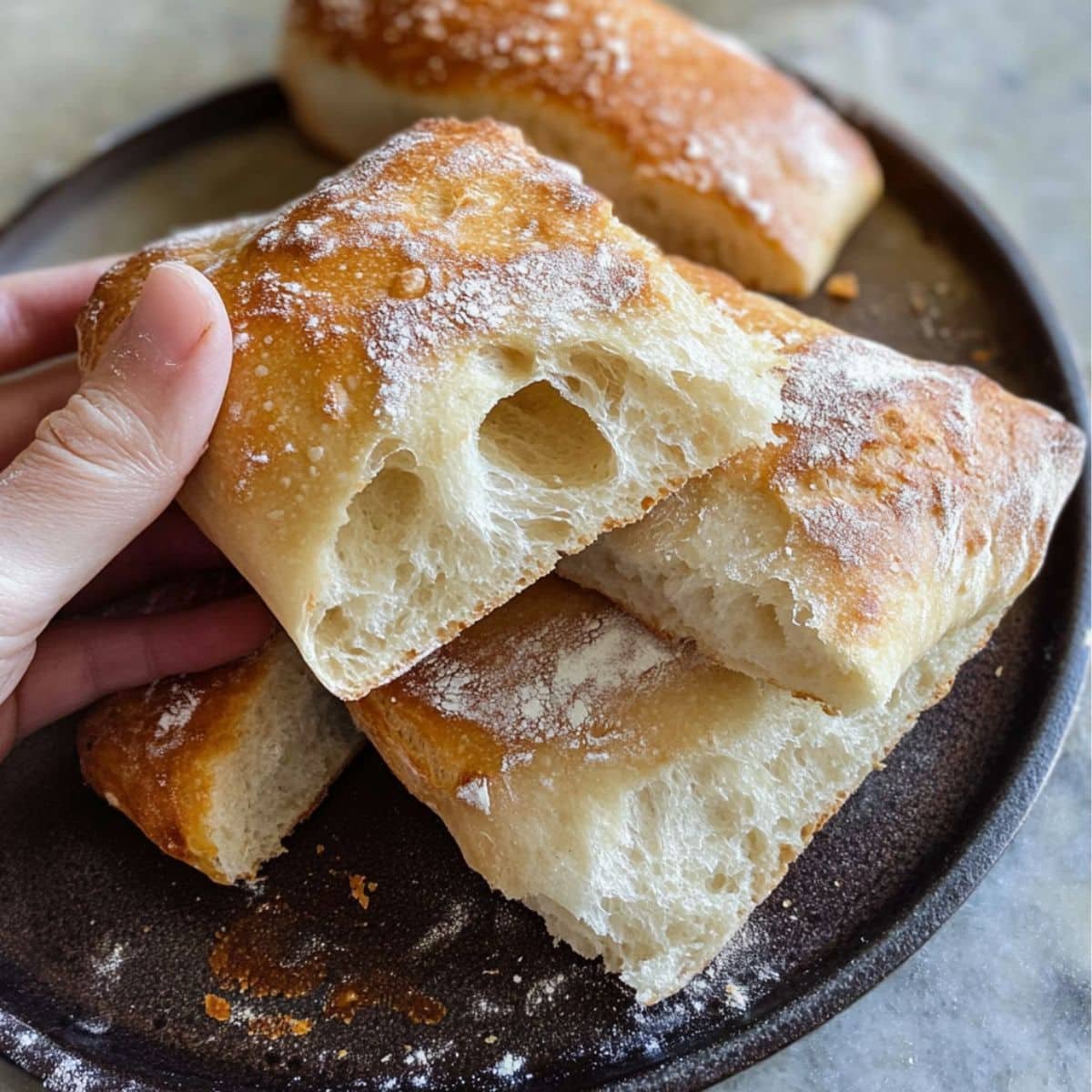
Background & Why This Recipe Stands Out
Ciabatta—Italian for "slipper"—gets its name from its flat, elongated shape. While traditional versions use commercial yeast, sourdough ciabatta bread takes things further with wild fermentation for deeper flavor and better digestibility.
What makes this sourdough ciabatta bread truly special is its high-hydration dough. That’s the secret behind its signature open crumb, large airy holes, and chewy bite.
Instead of kneading, a simple stretch-and-fold method makes this recipe beginner-friendly—yet it still delivers artisan-quality results.
Serve this homemade sourdough ciabatta bread with Italian soups, build incredible sandwiches, or top it with fresh ingredients for crostini or bruschetta. However you use it, it’s unforgettable.
Jump to:
Ingredients
For the Sourdough Ciabatta:
- Bread flour
- Warm water
- Active sourdough starter
- Sea salt
- Extra virgin olive oil
- Honey (optional)
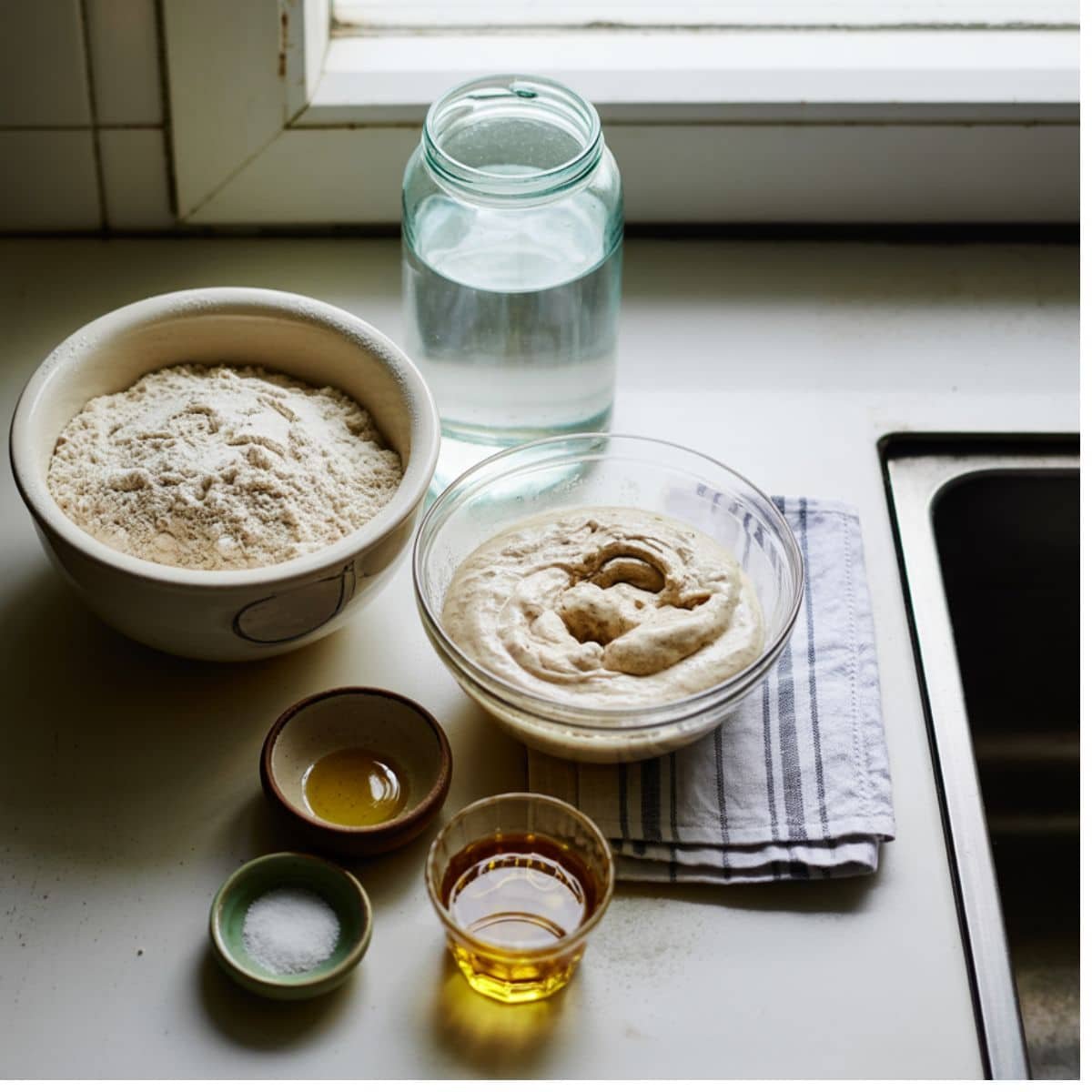
See recipe card for quantities.
Instructions
Mixing and Initial Fermentation
- Ensure your sourdough starter is active and bubbly
- In a large mixing bowl, combine warm water and active sourdough starter, whisking until well incorporated
- Add bread flour and mix with a wooden spoon until no dry flour remains
- Cover and let rest for 30 minutes
- Add salt and olive oil to the dough
- Using wet hands, fold the dough over itself several times to incorporate salt and oil
- Transfer to a lightly oiled container
- Perform stretch and folds every 30 minutes for the first 2 hours, then every hour for the next 2 hours during bulk fermentation
Shaping and Final Proofing
- Turn the dough onto a lightly floured surface when it has increased by 50-70% in size
- Divide into 2-3 portions for individual loaves
- Gently shape each portion into a rough rectangle without deflating air bubbles
- Let rest for 20 minutes
- Transfer to parchment-lined baking sheets
- Gently stretch each piece into the classic ciabatta slipper shape (about 10 inches long and 4 inches wide)
- Cover with damp kitchen towels
- Proof for 1-2 hours at room temperature until puffy and springs back slowly when gently poked
Scoring and Baking
- Preheat your oven to 450°F with a cast-iron pan on the bottom rack for steam
- Dust the loaves with flour just before baking
- Make 2-3 shallow diagonal cuts with a sharp knife
- Slide the parchment paper with bread onto baking stones or heavy baking sheets
- Pour 1 cup hot water into the cast-iron pan for steam
- Bake for 25-30 minutes until deep golden brown and internal temperature reaches 205-210°F
- The crust should sound hollow when tapped
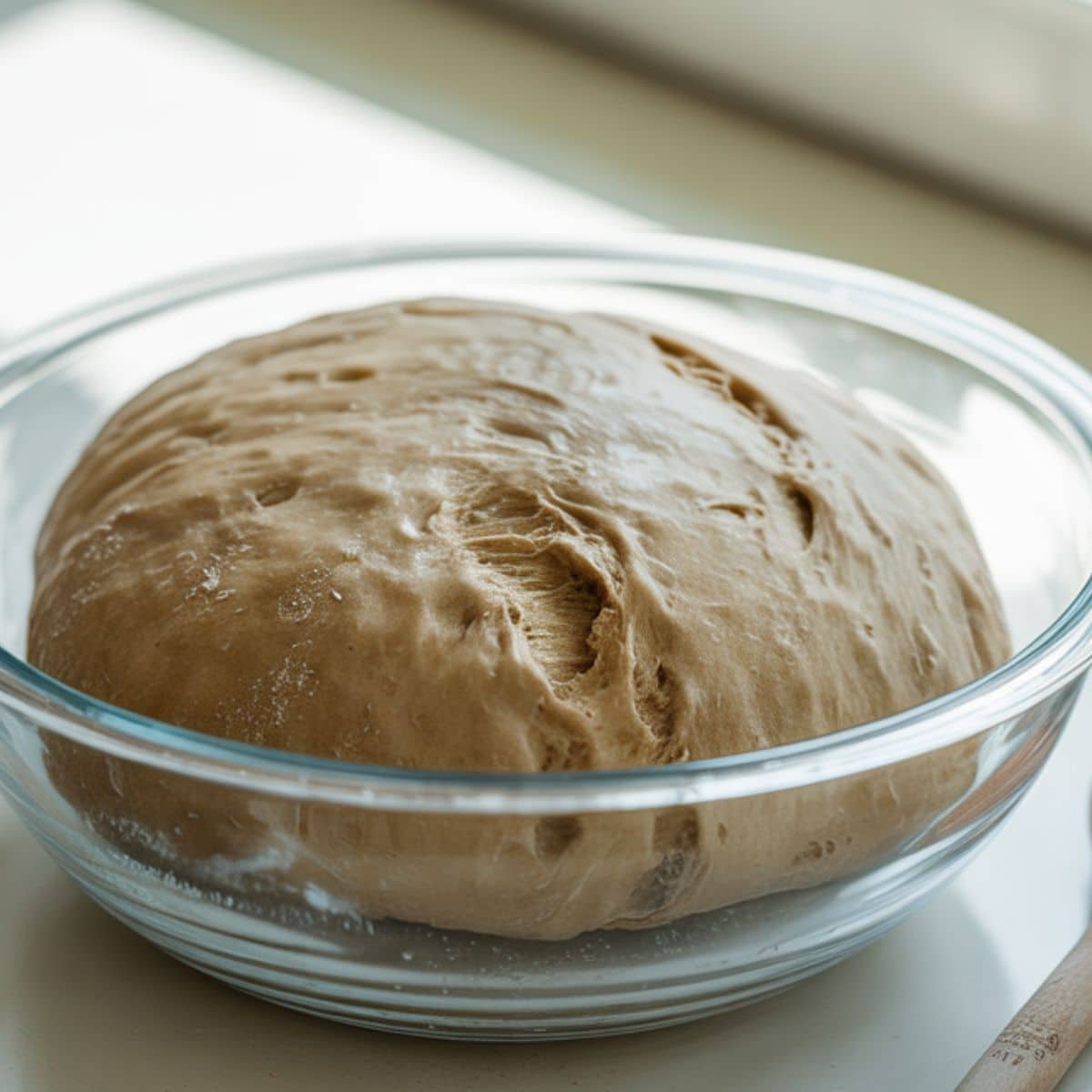
- Mixing and Initial Fermentation: Mix and rest the dough, then stretch and fold during fermentation.
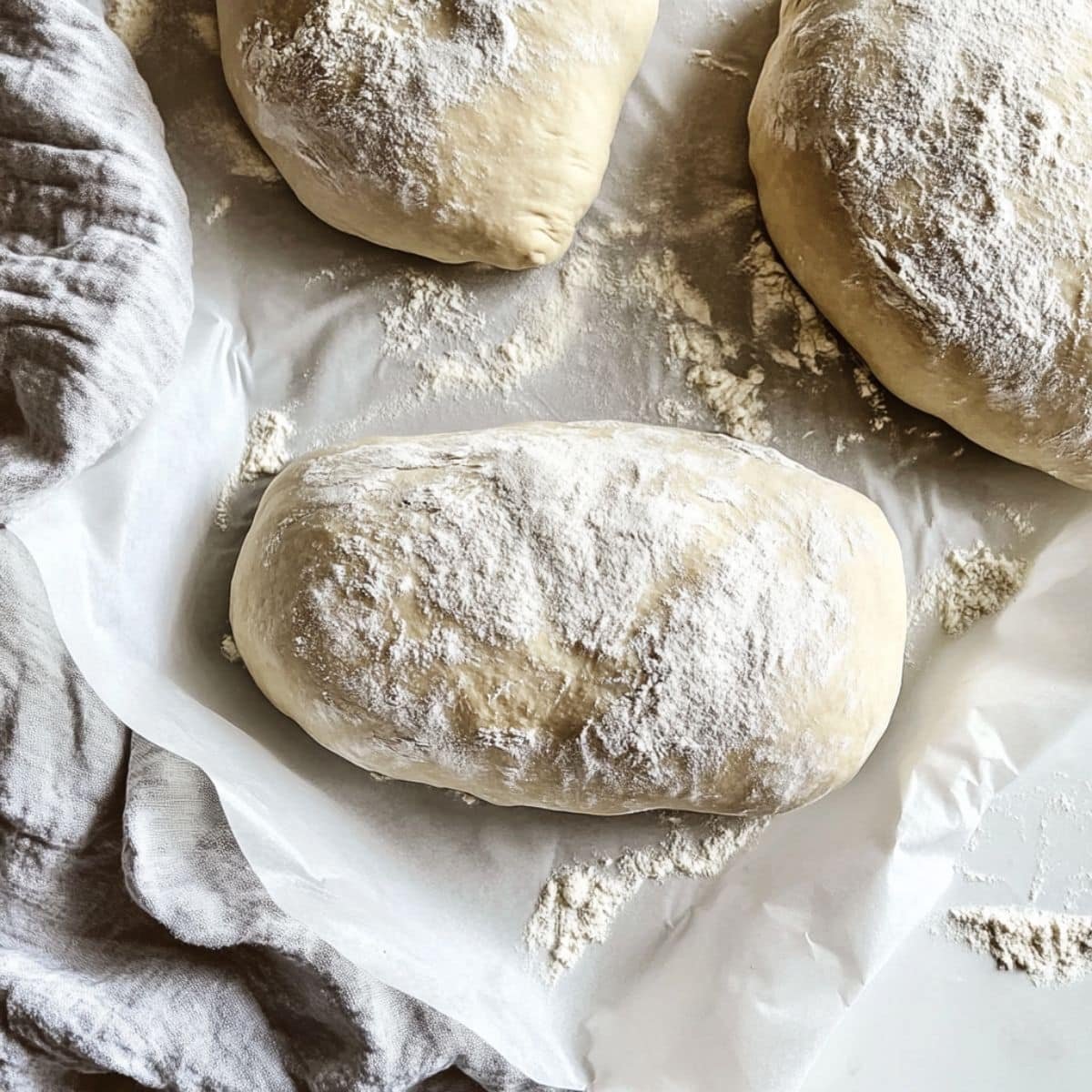
- Shaping and Final Proofing: Gently shape the dough and let it rise before baking.
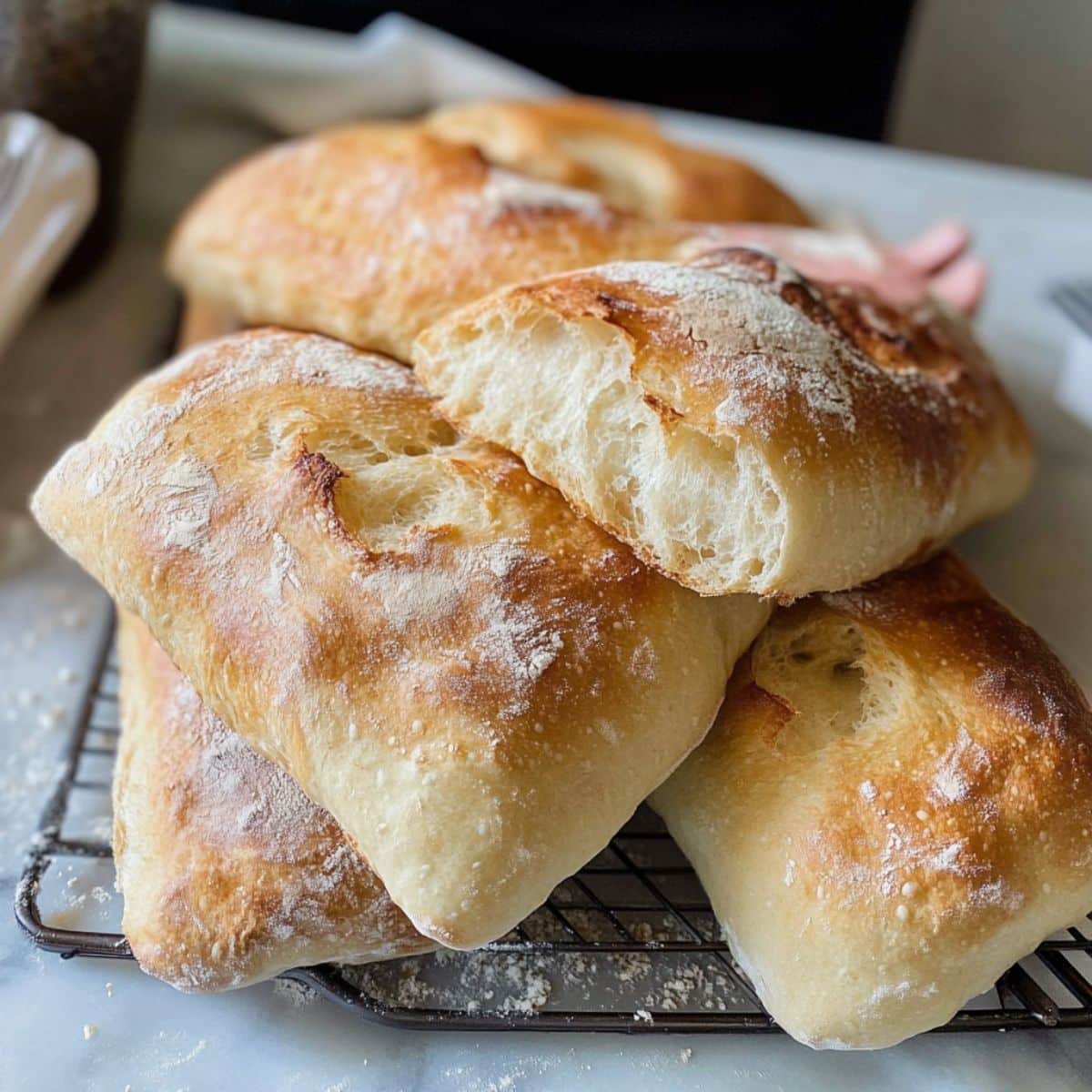
- Scoring and Baking: Score the loaves with a knife before placing in oven.
Equipment For Sourdough Ciabatta Bread
Must-Haves:
- Kitchen scale – for hydration accuracy
- Large mixing bowl – glass or plastic
- Bench scraper – handles sticky dough
- Baking stone or heavy sheet – even bottom crust
- Cast-iron pan – ideal for steam generation
Budget-Friendly Swaps:
- Use an upside-down baking sheet instead of a baking stone.
- Replace steam setup with an oven-safe pot with lid.
Hints & Expert Cooking Tips
- Time-Saving Hack: Mix the dough the night before and cold-proof in the fridge. It improves flavor and simplifies morning baking.
- Flavor Boost: Swap 50ml of water with white wine or add 1 tablespoon spent grain (from beer brewing) for depth.
- Avoid This Mistake: Don’t over-flour your surface—slight stickiness helps maintain ciabatta’s open crumb.
- Steam Trick: Preheat a cast-iron pan and toss in ice cubes for controlled steam and a crisp crust.
Recipe Variations
- Rustic Herb Ciabatta: Add 2 tablespoon chopped rosemary, thyme, or oregano during final fold.
- Whole Wheat Version: Swap up to 100g of bread flour with whole wheat. Add 10–20ml extra water.
- Ciabatta Rolls: Divide dough into 8–10 rolls. Bake for 18–22 minutes.
- Discard-Friendly: Use 150g unfed sourdough discard + ¼ teaspoon dry yeast for a waste-free version.
Storage
- Reheat: Mist with water and warm at 350°F for 5–7 min to revive crust and softness.
- Room Temp: Wrap in a clean towel and store for 2–3 days.
- Freezing: Slice and freeze in bags for up to 3 months.
- Freeze Before Baking: Shape loaves, freeze on trays, then bag. Thaw overnight and bake as usual.
From My Family to Your Kitchen
One thing my grandmother always said: “Bread feels your hands—treat it with care.” Her secret to unforgettable sourdough ciabatta bread wasn’t just technique—it was intuition and gentleness. Build strength in the dough during your stretch and folds, but when it comes time to shape, slow down. Handle the dough with soft, steady hands. This balance—firm development followed by tender shaping—is the heart of that beautifully open crumb and delicate chew. It’s a small, soulful step that transforms your sourdough ciabatta bread from homemade to truly heartfelt.
FAQ
What is the difference between sourdough ciabatta and ciabatta bread?
Sourdough ciabatta bread uses natural wild yeast from a sourdough starter, while traditional ciabatta is made with commercial yeast. The sourdough version has a tangier flavor, better digestibility, and longer fermentation. Both share the same chewy texture and open crumb, but sourdough ciabatta bread offers a more artisan, rustic experience with added health benefits.
Is sourdough ciabatta healthy?
Yes, sourdough ciabatta bread is considered healthier than standard white breads. It’s fermented naturally, which may improve gut health and nutrient absorption. The long fermentation process also breaks down gluten and phytic acid, making it easier to digest. Plus, it’s free from additives and preservatives often found in store-bought bread.
Can I use sourdough starter for ciabatta bread?
Absolutely! You can use a sourdough starter to make sourdough ciabatta bread. It replaces commercial yeast and provides natural leavening. This creates a deeper flavor, a chewier texture, and beautiful open crumb. Just make sure your starter is active and bubbly before mixing—it’s key to achieving a good rise and structure.
Is sourdough bread actually healthier?
Yes, sourdough bread, including sourdough ciabatta bread, is often healthier than regular bread. Natural fermentation boosts gut health, reduces gluten levels, and enhances mineral absorption. It has a lower glycemic index and is easier to digest. Plus, it’s made without commercial additives, offering a more wholesome, clean-label choice for bread lovers.
Final Thoughts: Your Sourdough Ciabatta Bread Journey Starts Here
This artisan sourdough ciabatta bread delivers bakery-quality flavor with a perfectly chewy texture, golden crust, and airy crumb—all from your home oven. Once you master this recipe, you’ll feel confident exploring more sourdough creations.
Loved this recipe? Don’t stop here! Try our soft and gooey Sourdough Discard Cinnamon Rolls or make breakfast extra special with fluffy French Toast McCormick-style.
We’d love to see your results—bake this sourdough ciabatta bread, leave a star rating, and drop a comment below. Your feedback and photos inspire our kitchen every day!
Related
Looking for other recipes like this? Try these:
Pairing
These are my favorite dishes to serve with Sourdough Ciabatta Bread

Rustic Sourdough Ciabatta Bread
Equipment
- 1 Kitchen scale Precision is crucial for high-hydration doughs
- 1 Large mixing bowl Glass or plastic for easy fermentation viewing
- 1 Bench scraper Essential for handling sticky dough
- 1 Baking stone / heavy sheet Ensures even crust and bottom baking
- 1 Cast-iron pan Used to generate steam while baking
Ingredients
- 500 g Bread flour
- 400 ml Warm water
- 100 g Active sourdough starter Well-fed and bubbly
- 10 g Sea salt
- 15 ml Extra virgin olive oil
- 1 tablespoon Honey Adds slight sweetness (optional)
Instructions
- Mix starter and water
- Add flour and combine
- Let dough rest
- Add salt and oil
- Perform stretch and folds
- Shape into loaves
- Final proof until puffy
- Score and bake with steam


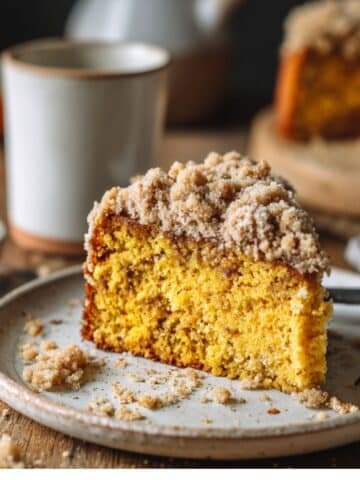


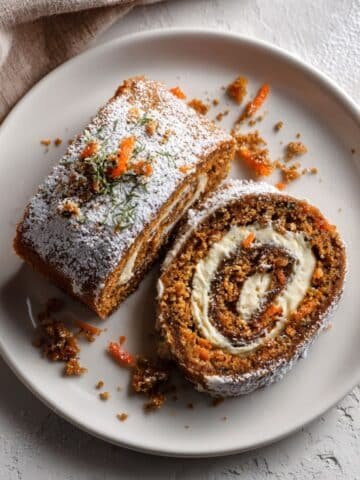





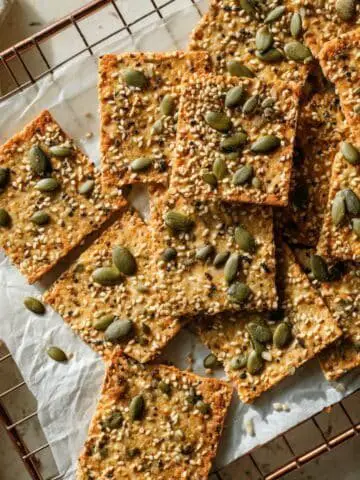

Leave a Reply